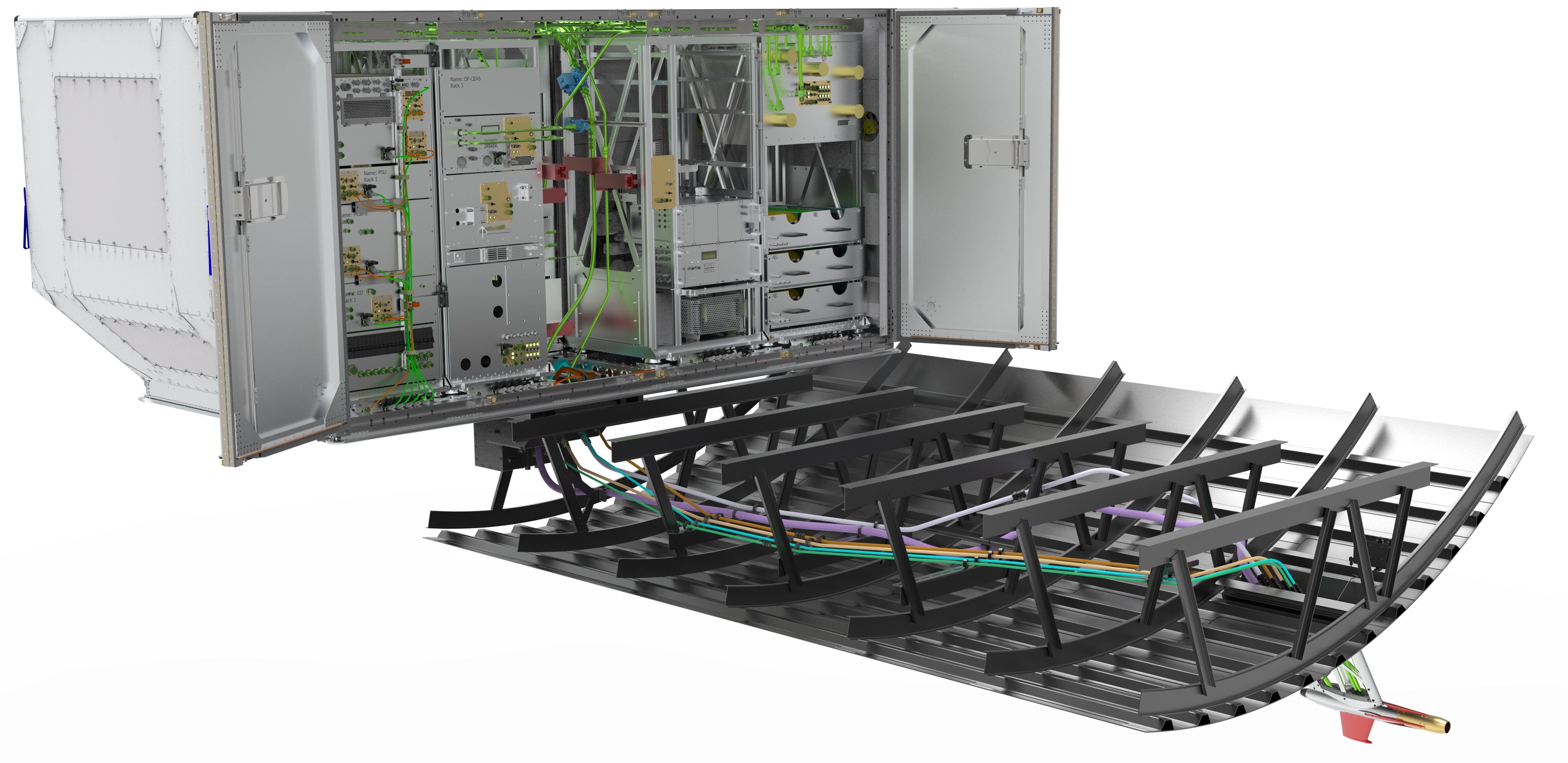The approach
The cargo bay of modern passenger aircraft provides the perfect environment to operate big instrument payloads comparable to research aircraft. The CARIBIC laboratory (see picture) is connected via different (temperature-controlled) sampling lines to a multi-function air inlet system that takes ambient outside air. Sample air of up to ~300 l/min is quickly distributed to the different instruments. To the same time, the CARIBIC laboratory receives various data (e.g. position, pressure, temperature, aircraft data) from the aircraft and (with the new A350-900) will be able to downlink real-time data via satellite which can directly be assimilated e.g. by “chemical weather” models or the European Earth observation programme COPERNICUS.
Why using passenger aircraft?
The rationale behind is simple. Measurements on board the CARIBIC passenger aircraft are inexpensive (only a small fraction of those for research aircraft) and can continue over decades. Indeed, since 1997 CARIBIC could collect a fairly representative long-term, high-resolution and multi-species dataset that is particularly powerful for studies on process understanding and quantification. Such passenger aircraft data thus nicely complement observations taken aboard satellites which result in a continental or even global picture, but at a spatially and temporally coarse resolution and thus lack in detail.

